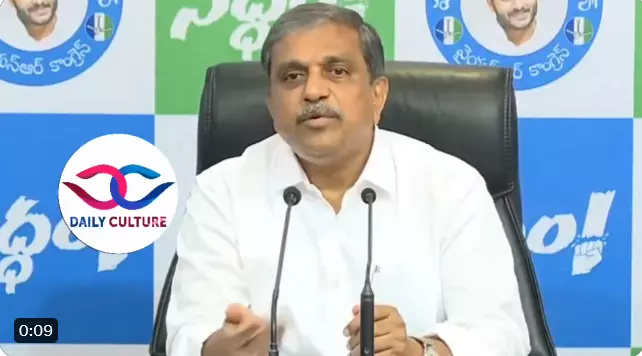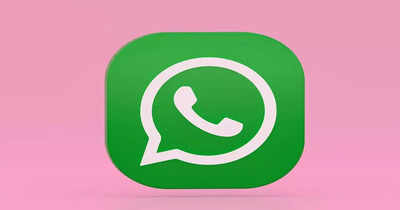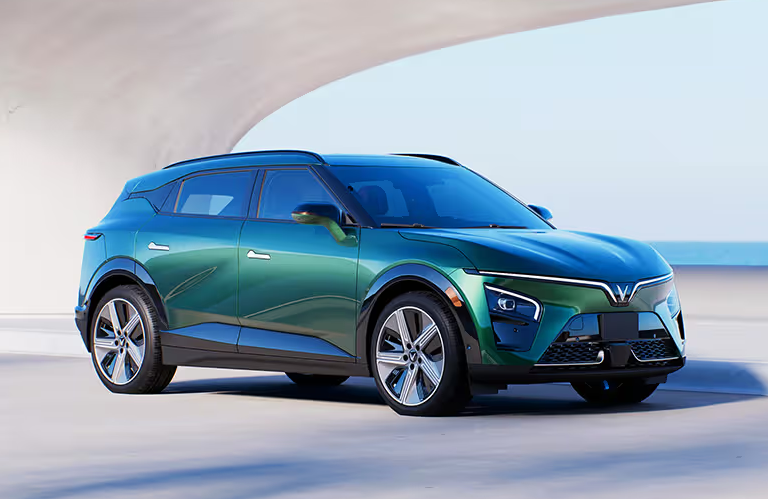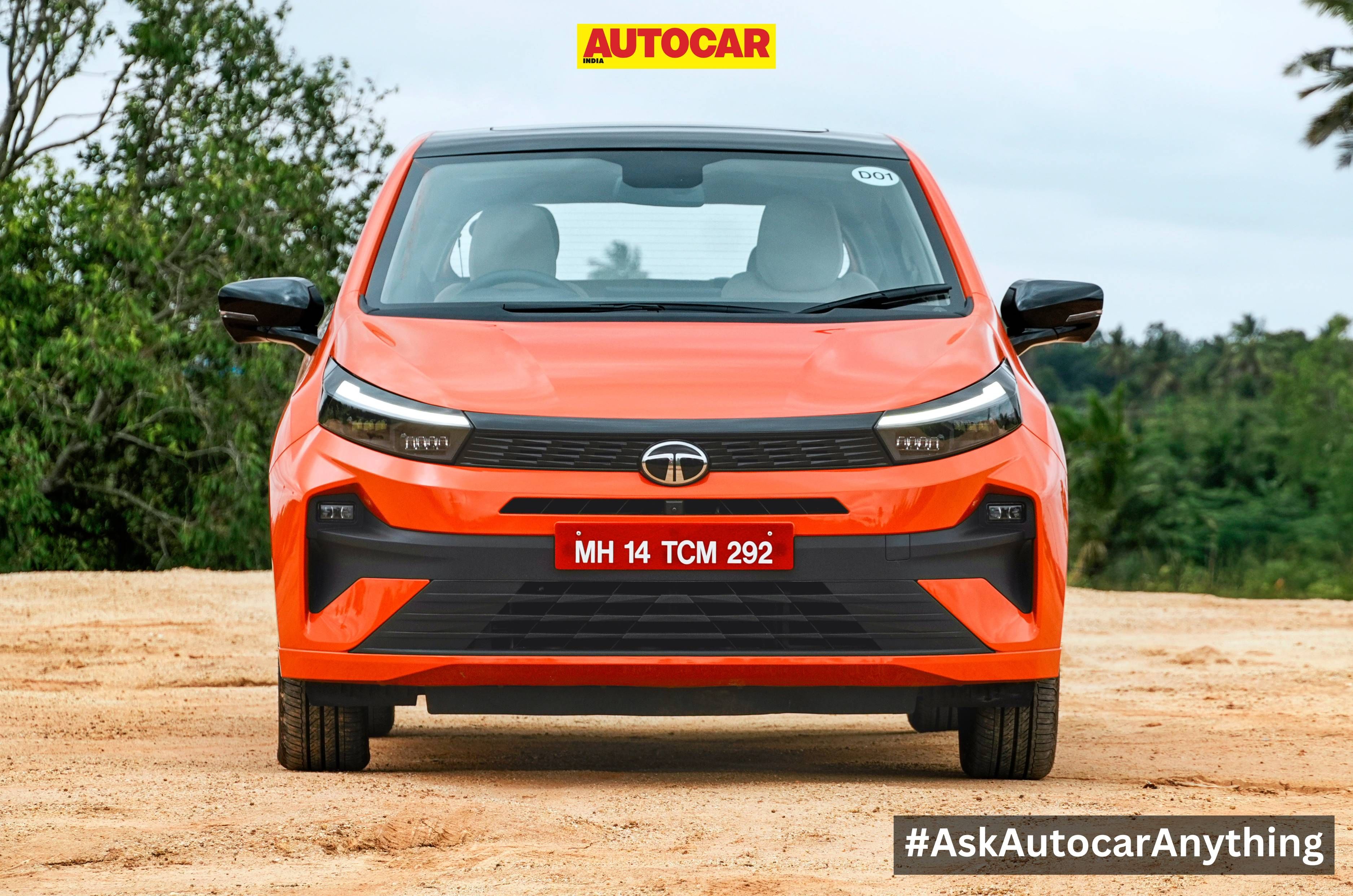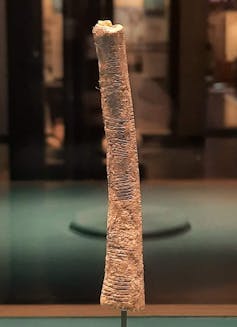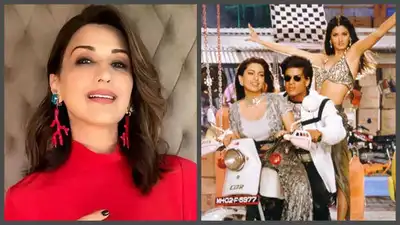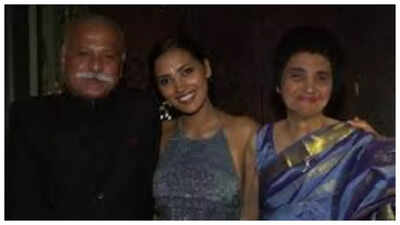After years of waiting, next month Magic: The Gathering will release one of its most highly anticipated sets, and arguably one of the most significant additions to Magic in years: an entire Final Fantasy-themed expansion drawing together decades of one of the most venerable video game series of all time with one of the most venerable card games of all time. But if you’re a Final Fantasy fan who’s been gawping at all this incredible artwork (and even some of the more meme-tastic cards) but have no idea where to start with Magic, we’re here to help.
What Is Magic: The Gathering – Final Fantasy?
Magic: The Gathering – Final Fantasy is the second significant entry into what Wizards of the Coast has called Universes Beyond, the catch-all terminology the developer uses to describe its crossovers with non-Magic franchises. In the past few years, to the occasional point of controversy with some Magic fans, Wizards has leaned heavily into Universes Beyond, releasing special drops of cards based around everything from Fallout to Doctor Who to SpongeBob SquarePants. Some of these crossovers have been more significant than others: the first major Universes Beyond release was the Tales of Middle-earth set released back in 2023, an entire Lord of the Rings-themed expansion.
But what makes Final Fantasy stand out, beyond its leveraging of the 16 primary titles from the iconic RPG series (sorry Tactics or X-2 fans), is that this set will mark the first Universes Beyond set that will be Standard legal, a term that means it can be played in Magic‘s mainstay format of play, named, you guessed it, Standard. This is the default mode of Magic that you might be loosely familiar with: two players, 60 card decks, quick to pick up and play. What makes Standard so accessible and broad is that it pulls on the latest Magic: The Gathering expansions for its pool of legal cards, which the Final Fantasy set will join when it releases June 13. There are currently 14 sets that are legal in the Standard format, and once a year in the fall, the four oldest sets are removed from the pool. That means the Final Fantasy cards will no longer be legal to play in Standard in a few years, but that doesn’t make them suddenly unusable altogether: you’ll be able to play them in other formats too, like Commander (more on that later), or in other non-rotating formats like Modern and Pioneer (which are more similar to Standard, but without the rotating pool of legal cards).
After Final Fantasy, every Universes Beyond collaboration will be Standard legal, and upcoming crossovers include the likes of Marvel (starting with Spider-Man this September) and Avatar: The Last Airbender later this year.

Where to Start With the Final Fantasy Set
The good news is if you’re just interested in getting some Final Fantasy cards, you’ll be able to start right on release day pretty easily: one of the several products launching with the set is a starter kit, featuring two 60 card pre-constructed decks filled with cards from across the Final Fantasy set. They include deckboxes to store them in, special exclusive cards of Cloud and Sephiroth from Final Fantasy VII, and all the rules you need to know to start picking up the basics of Magic. At around $20, it should also be one of the relatively cheaper ways to get some of the cards.
If you want to be a bit more adventurous and get stuck in a little earlier, from June 6 you’ll be able to attend pre-release events for the set. These events happen the week before the release of every Magic set, and are designed as a relaxed way for players new and old to come together and play a few games with the new cards. Depending on how your local game store handles things, you might have to specifically sign up to attend or just show up on the day, but typically participation sees you purchase a special pre-release pack which will give you a life counter dice, six booster packs from the set, and a special promo card. Then, you participate in a series of games.
Pre-release events are played in the Sealed Deck format: you use the six booster from your pre-release pack to construct a 40-card deck to face off against other players in a tournament. It might seem intimidating if you’ve never played Magic before, but pre-release events are usually a very casual affair, because the playing field is relatively even: not only do they attract new players to try the game, and even experienced players are dealing with the random chance of whatever cards are in their booster packs from a set they’ve not had the chance to play with yet. The Final Fantasy set will attract even more people who are fans of the games but never tried Magic, so if you go to a pre-release, odds are you’ll find a lot of people in a similar boat as you. Make friends and learn the game at the same time!

Next Steps: Collecting Magic: The Gathering – Final Fantasy
Like any good Warrior of Light, those humble beginnings can set you on a path to great adventure (and spending a lot of your hard-earned Gil on shiny things). As you might have seen over the past few weeks while Wizards of the Coast has previewed oodles upon oodles of the over 300 cards that will be in the set, there’s going to be a lot of Final Fantasy to collect, and you’ll be able to do so in myriad ways:
- Play Boosters: The standard Magic: The Gathering booster pack, consolidated a few years ago from different varieties into one simple iteration. Each booster has 14 random cards in it, with one guaranteed rare card, and a chance for rare variants.
- Collector Boosters: 15-card boosters that are made up almost entirely of rare and variant cards: alternate arts, various foil versions, extended art cards. Some of these variants can only be found in Collector boosters, making them highly sought after for, well, collectors. More on these later, because one other thing you should know is that they are very expensive.
- Bundles: There will be two special bundles in the Final Fantasy set, a standard one available at launch that includes nine play boosters, a storage box, a life counter, two exclusive foil full-art cards, and 32 full-art land cards (the basic resource, or “mana,” you use in Magic). There’s also Gift bundle, releasing a little later on June 27. It contains basically the same things as the standard bundle, but costs a little more as it also includes one Collector Booster.
- Commander Decks and Collector Commander Decks: There are four, 100-card pre-constructed Final Fantasy decks being released for play in Magic‘s Commander format, which operates around usually 3-5 players fielding decks headlined by a special Commander card that “leads” your deck. In Final Fantasy‘s case, the four decks are based around four of the most popular mainline games in the series: Revival Trance is themed around Final Fantasy VI, and is led by Terra; Limit Break is Final Fantasy VII, led by Cloud; Counter Blitz is Final Fantasy X, led by Tidus; and Scions and Spellcraft is for the critically-acclaimed MMORPG Final Fantasy XIV, led by Y’shtola. Each deck is specifically themed around its chosen game, so you won’t see cards from any of the other mainline titles, and most (but not all) cards from each of the decks can also be found in regular boosters. These are great ways to start dipping your toes into one of Magic‘s most popular formats! There are also collector’s edition versions of these decks. Speaking of…

You Don’t Need to Buy Collector Boosters and Collector Decks
The temptation of a lot of the gorgeous artwork and variant cards that have been shown off in the past few weeks might have you licking your lips and eager to get your hands on the rarest, shiniest cards no matter the cost, like you’re a member of the Tantalus troupe eyeing your next big heist. So grabbing the collector boosters and the collector Commander decks makes sense, right?
Well, not really. Especially if you’re a newcomer. Like we just mentioned, because of the guaranteed access to rare cards in Collector Boosters, they command a significantly higher price than a Play Booster: the MSRP for a Final Fantasy Collector Booster is a whopping $38, compared to the $7 for a Play Booster. The vast majority of the variant cards in the Final Fantasy set can be found in both Play Boosters and Collector Boosters, it’s just that they’ll be more difficult to come by in the former. The only true exclusives in the Collector Boosters for Final Fantasy are special foil variants of some of those alternate cards, and multicolor variants of the Traveling Chocobo card with special neon ink, including a numbered “serialized” golden Chocobo, of which just 77 will be released.
If you’re just starting out with Magic, and you want the most bang for your buck as you fill out your collection, you probably want to avoid Collector Boosters—sure, pick up one or two as a treat, maybe, but don’t treat them like the primary way to get Final Fantasy cards. The same can be said for the Collector Commander decks: in terms of cards, these are actually identical to the standard Commander Decks, it’s just that every card has been given a special “surge foil” treatment, and you get a two-card promo Collector Booster as well. But again, the price differential is staggering, especially as these decks are mechanically matched: a standard Commander Deck is $70, while its Collector variant is $150. And given how wildly popular this set is proving to be, that’s if you can even find them at the suggested pricing right now! It’s just not worth it.
Next Steps: Learning Magic
So, you’ve bought your cards: what do you do now? Well, you have a few ways to go about actually learning how to play Magic. The aforementioned Starter Kit is a great way to onboard learning how to play the game, and you can keep it within the Final Fantasy theming if you and one other player use just that. As a standard Magic set, Final Fantasy will introduce you to the broader rule set of Magic, including lots of abilities that you will see on non-Final Fantasy Magic cards from other sets (the Final Fantasy set does introduce some new unique mechanics on some cards, like Tiered, representing the various strength levels of magic spells from the video games, or Job Select, a variant of a prior Magic rule inspired by the Job systems of various Final Fantasy games). So you aren’t just learning how to play the Final Fantasy cards, you’re learning to play Magic itself too, priming you if you enjoy it to broaden your horizons beyond the Final Fantasy experience.
The other path would be to learn Magic‘s incredibly popular Commander format through one of the aforementioned pre-constructed Final Fantasy decks. Commander is a broader-scaled game than standard Magic; it features more players, bigger decks, and longer, more involved games. While there are specific rules to the format, again, the Final Fantasy cards are designed to be played, and mixed-and-matched, with cards from elsewhere in the pool of legal Magic cards. You won’t be just learning Commander if you start here, but the tools and rules you’ll need to play any number of other formats if you want to. Each of the Final Fantasy Commander decks is viable to play as is, and each is themed around different Magic playstyles—but that doesn’t really matter as much if you’re coming to this from the perspective of a Final Fantasy fan. Just pick your favorite game of the four in the themed offerings and go to town!
The other way you can learn, once you’re a bit more experienced, is grabbing a bunch of boosters and trying to build your own decks out of what you’ve got. Again, this might be a bit too much if you’re diving into Magic completely new: you won’t know what makes a good deck work, or what cards synergize nicely, and you won’t really get a good grasp of learning how to play if you build an ineffective deck. Try playing around with the pre-constructed decks first to get an idea of how Magic works, and then dig into some boosters and figure out ways you could either enhance those decks with alternate additions, or build your own deck entirely.

Where Can I Play My Final Fantasy Cards?
As a Standard legal set, Final Fantasy, unlike some the prior Universes Beyond offerings, can be played in pretty much any current format of Magic, and against any cards from other Magic expansions. It will remain part of the rotation for Standard for at least a few years, but even once it does, you’ll still be able to play the cards in formats like Modern (which uses any card released since the 8th edition of Magic began in 2003, including the sets that are still in the Standard rotation); Pioneer (similar to Modern, but with a smaller pool, starting with cards released since 2012’s Return to Ravnica); or eternal formats like Legacy and Vintage (which allows you to use cards from every set of Magic, outside of curated banned lists, which differ by format). And, of course, you’ll always be able to use them in Commander as well.
But that’s all the physical game of Magic. You’ll also be able to play and collect the Final Fantasy set in Magic‘s digital versions, Arena (the more modern digital Magic) and Magic Online (which has been around for longer, and has access to a wider, older pool of cards). However, unlike some other card games, buying most physical Magic products will not net you the chance to claim a digital equivalent: Arena and Online have their own unique economies, and if you want to play with Final Fantasy cards digitally, you will have to buy them specifically through them when the set releases simultaneously with the physical one on June 13. There is one exception to this however: the Starter Kit includes two codes to unlock each deck’s digital equivalent in Magic Arena. So you won’t have physical cards, but you can more easily find other people to play against from around the world.
Where to Go After Magic: The Gathering – Final Fantasy
You can probably just restrict your Magic journey to the Final Fantasy set if you’re really just here for the flavor of it all. But one big advantage of this being the first Universes Beyond set playable in Standard means there’s going to be a higher chance of you being exposed to non-Final Fantasy Magic cards while you learn the game across various formats, or at least, as much exposure as you want there to be. The Final Fantasy set won’t teach you to just play one specific kind of Magic, or just specifically with these cards; it will give you the toolset to broaden your horizons if you wish to do so, giving you familiarity with a whole host of Magic rules, combo ideas, and deckbuilding archetypes you’ll be able to put to use with Magic past and present if you like what you see here.
If you are just intent on sticking to the Final Fantasy stuff? You’re getting what is shaping up to be a fantastic celebration of the franchise either way, with clever cards that will call back to specific moments in the 16 games, or ideas and themes that have existed across the whole franchise for the best part of the last four decades, and draw a host of legendary artists to craft new visions of iconic creatures, heroes, villains, spells, locations, and more from Final Fantasy‘s long history. There’s a reason Magic: The Gathering – Final Fantasy is shaping up to be the biggest set in the game’s history so far: it’s drawing together two huge fantasy fanbases, and doing so pretty fantastically.
But if the Magic bug bites, then you’re well set up to venture beyond the lands of crystals and summons, machina and magitek, scions and sinners, and head out into a vast multiverse of card gaming potential. Go forth, and let the battles begin!
Want more io9 news? Check out when to expect the latest Marvel, Star Wars, and Star Trek releases, what’s next for the DC Universe on film and TV, and everything you need to know about the future of Doctor Who.





